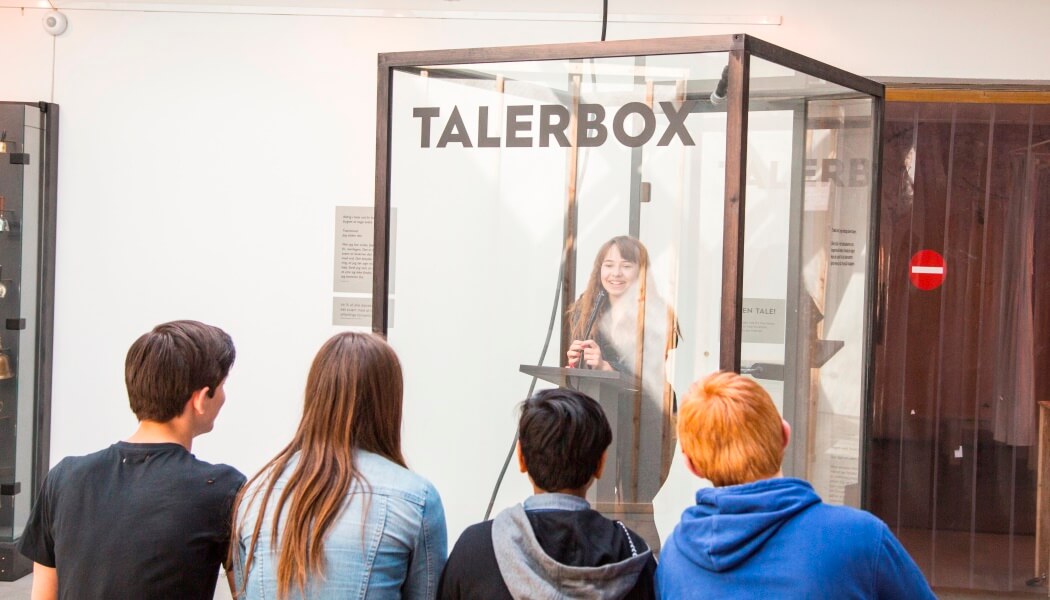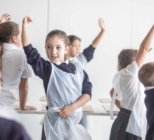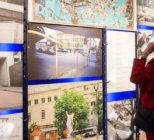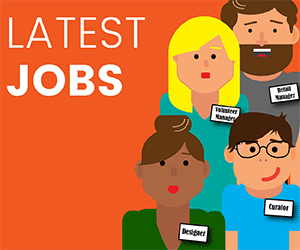In the summer of 2015 what has come to be known as the European Refugee Crisis started to impact Denmark as more than a million refugees made their way through Europe by land, almost half of which were Syrians fleeing the civil war that had ravaged their country since 2011. At the time The Workers’ Museum in Copenhagen had launched a new exhibition called Young Voices Unheard and saw the crisis as an opportunity for Danish youths to meet young refugees that had begun populating asylum centres in the country. It is an example of how the museum, the city council and Danish government are encouraging young people to experience the world around them and in particular how the museum, through its education programmes and exhibitions, champions participation and reacts to societal challenges.
It’s very important in Denmark that children need culture during their school time and there was a new law for Danish primary schools a few years ago that stated that children have to understand the world around them while at school and museums, art and culture were included in that
At the time, the museum had recently secured 750,000 Kroner (£90,000) funding from the Ministry of Culture to create its own course suitable for the schools’ curriculum and aimed at further education students. Called Young Voices, the course’s theme was democracy and its aim was to make young people’s voices heard.
During the development of the course the learning team created the Young Voices Unheard exhibition at the museum, which ran from September 2015 to June 2016 and welcomed 2,700 schoolchildren making it the most visited exhibition by schoolchildren in the museum’s history. The exhibition was created with the help of schoolchildren from all over Denmark and asked the question: ‘What is democracy?’ and explained how democracy had developed through history and how society today is a product of people fighting for their rights in the past.
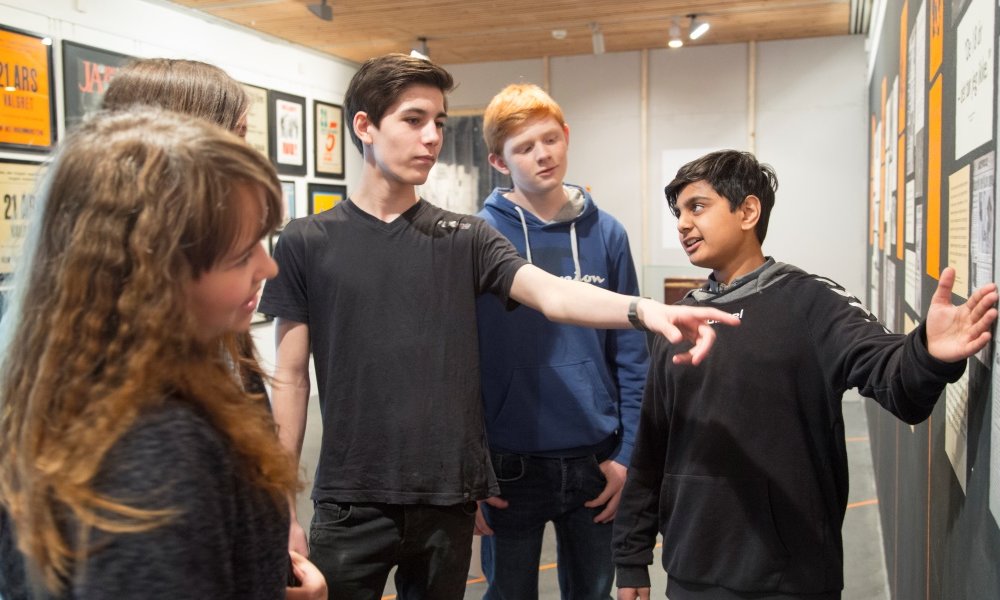
As well as the school visits, older children were encouraged to get involved with workshops outside of school time and to become volunteers. One of these workshops involved meeting with refugees to document the crisis, which had hit a peak by the time the exhibition had opened. “The refugees started to walk over the border into Denmark and were seen on the streets and that was happening as the exhibition had begun,” says Linda Nørgaard Andersen – Head of Public Programmes. “So we created a project as part of the exhibition where young Danish volunteers met with young refugees living in asylum centres.”
This involved young refugees being given a camera to take pictures and document their lives in the camps. The young Danes helped them and had discussions about democracy and what they thought democracy should be like in Denmark. They then chose 15 photographs and made a small display as part of the exhibition with its own opening and workshops. “It really helped us, the young people and visitors understand the refugee situation and gave the refugees an understanding of Denmark.”
Nørgaard Andersen says that education and learning is a significant part of the Workers’ Museum in the Danish capital and it is the museum’s strategy to get as many Danish students to visit the museum as part of their education.
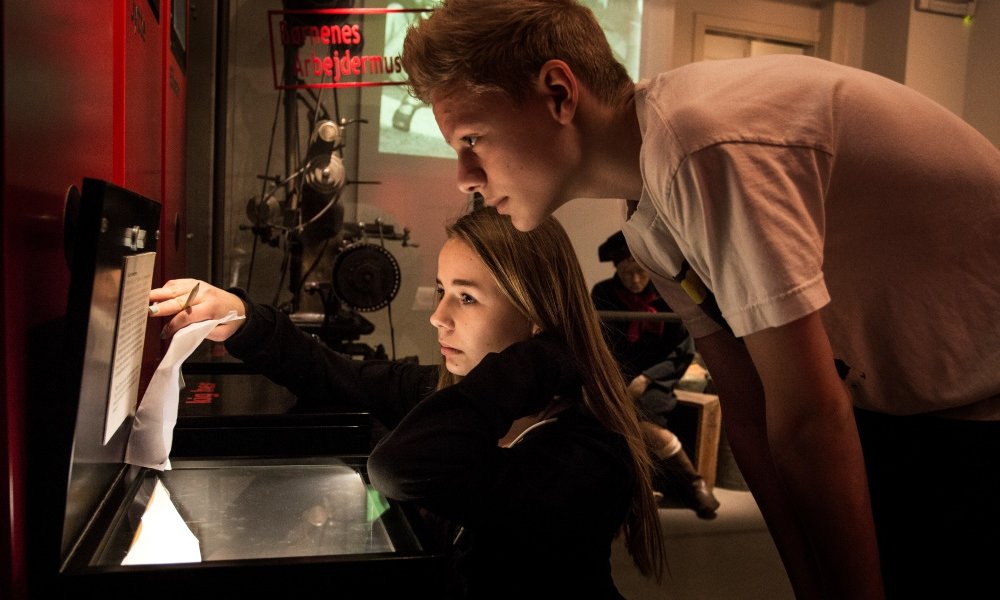
“It’s very important in Denmark that children need culture during their school time and there was a new law for Danish primary schools a few years ago that stated that children have to understand the world around them while at school and museums, art and culture were included in that. It has to be at school because not every child gets the opportunity with their parents.”
The museum’s current learning programmes were developed as part of a new education strategy in 2013, which positioned the museum as a place to strengthen young Danes’ democratic skills and confidence. This was because the museum felt that although European surveys show that the Danish youth was among the most competent young democrats in Europe – for their ability to explain what democracy is and the theory of democracy – but when it came to speaking their own minds or sharing their own experience of being a strong democrat they were not so competent.
So the learning team want to utilise the museum’s history to inspire young Danes to use their own voices and think about history as something that enables them to understand their era. The Workers’ Museum is located in the old workers’ assembly hall in Copenhagen, which was built in 1879 and Nørgaard Andersen says people have been coming to the hall to learn about democracy and speak their minds and voice their opinions ever since.
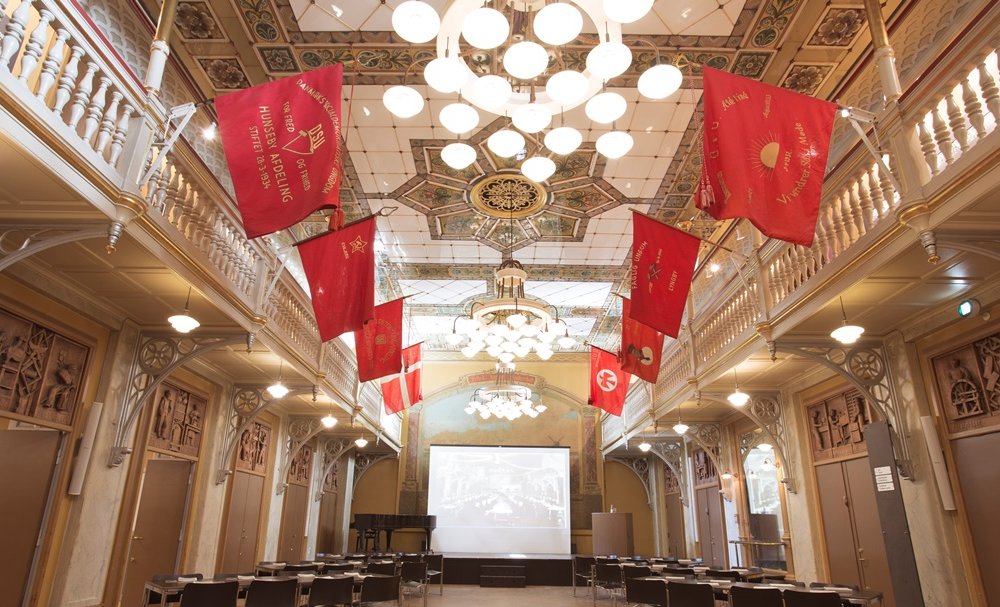
“We act like a framework for young people who need to interact with each other and enable them to do this at the museums,” she says. “Our approach is participation and we want to enable children and young people to take part in the museum and we believe that they come to us with their own experiences and knowledge and that we can learn from them as well. So it’s very important for us that they participate and feel that the museum is an open place for discussion, debate and reflection, and that their voices can be heard.”
The way the museum succeeds in doing this is to always invite young people, children and teachers to take part when it begins to develop a new programme. For example, the museum is currently developing a significant learning programme and exhibition that will open next September about careers, targeting young Danes who are making decisions about their future.
Big challenge
Nørgaard Andersen says there is a big challenge in Denmark because 75 per cent of young people go on to further education but only 18 per cent choose vocational courses. She says this is a big challenge for society as it could result in 70,000 people not following a trade by 2025 and has led to politicians, schools and young people discussing what to do about the situation.
“We are currently talking to young people and what is cropping up is that they feel these jobs are not as important as going to university and it’s not as accepted in society. We are trying to find out what their concerns are about future careers and how the museum through this exhibition can help them when they come to making this decision. This is being done before we have even thought about designing the exhibition. We are talking to the target group and getting inspiration from them and an understanding of what is on their minds and what is important to them.”

As well as this, when the learning team have the resources, they employ an external evaluator who follows the programme and gives feedback on what is working well and the parts that are motivating the youngsters.
Nørgaard Andersen says the learning programmes are very challenging and one of the problems they were encountering from 2013 to 2015 was schools groups not turning up for sessions and workshops. So in the past two years any partnerships made with schools have to be part of a contract, which is signed by the school principal and Nørgaard Andersen as head of public programmes at the museum. “One of the challenges we faced was that if we worked too closely with teachers and they leave or go on maternity or sick leave the whole programme falls apart. Now we don’t enter a partnership without a contract and this has been very helpful because in that contract there are obligations that the two parties have to meet to plan future engagements.”
Go-to learning resource
Establishing the museum as a go-to learning resource for schools is an important part of the learning team’s work and one of the projects they have established over the past eight years involves programmes with teacher training colleges. It is part of the museum’s strategy that these future teachers are aware from the beginning that the museum is there for them to use and how they can use it. This involves the trainee teachers being involved in workshops during their four years training and also following the museum’s learning programmes as part of their coursework. In fact the museum employs 11 university students to work on their learning programmes of which five are from teacher training colleges. These students are paid to work eight to ten hours a week on programmes for children and Nørgaard Andersen says it creates a good dynamic.
“Perhaps that’s one of the most important partnerships as we can actually see them coming back with their pupils once they are qualified teachers, so it’s investing in the future. The most important thing is that they discover the possibilities the museum has for education, learning and creativity, and also democracy. We don’t get any money or resources for those programmes but we have decided as a museum that it is crucial for us.”
Over those eight years, through a combination of learning programmes and government initiatives, annual visits to the museum by children and young people have increased from 5,000 to 23,000 of the total 100,000.
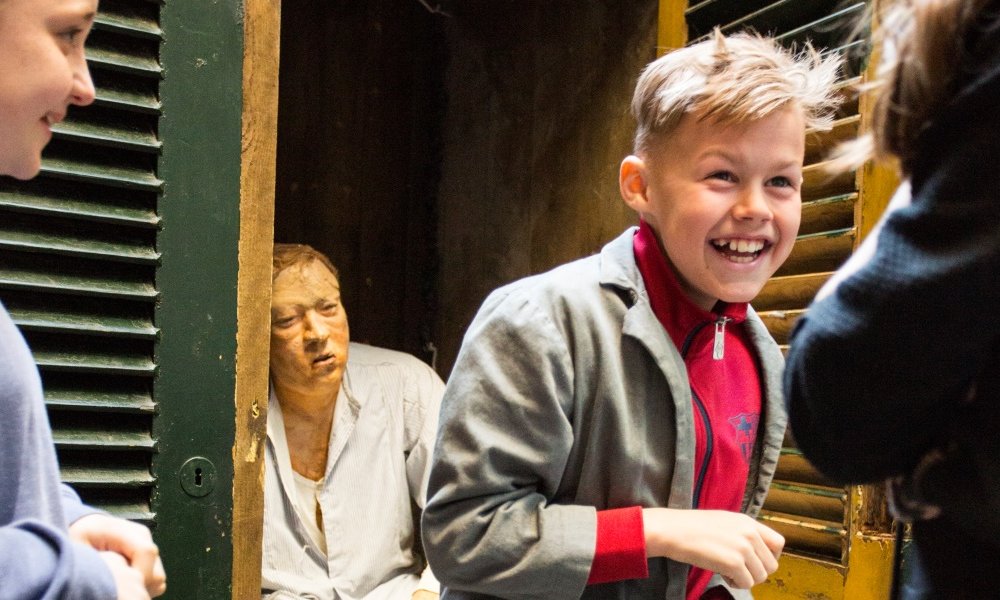
This significant improvement in a certain target audience has led the learning team to explore the possibility of replicating this to other audiences such as kindergarten teachers and their pupils and also adults.
“We are now talking about expanding this programme to include kindergarten teachers as part of our pedagogical practices. Often future teachers are used to visiting museums in their own spare time but we find the young people who are being trained to work in kindergarten don’t have the same experience. We would like to get more kindergarten children coming to the museum and this will be a great way of doing that.”
Part of the museums strategy for 2020 is to develop learning programmes for more adults and one natural target audience for future programmes would be the present day workers of Copenhagen and beyond with possible ideas for topics being how workers have fought for their rights in the past to provide better pay and working conditions.
Refugees and immigrants
This year the team have begun a four-year programme with adults learning Danish at language schools in the city. They include refugees and immigrants, for example foreigners who have married Danes. As part of this the team are developing two learning programmes about democracy and Danish society and history. “We would like to understand the population around us better. They see our museum and collections in a different way than Danes do so we are learning a lot from that. Museums are a place where you can learn and have experiences and we believe that we have something that could be interesting for adults too. Because we have created so many great experiences for schools and young people we know we can do it and also find funding for it.”
The Workers’ Museum has recently opened a new exhibition Stop Slavery! which explores the history of slavery and how people are still victims of it today. The exhibition will also look at trafficking, which is an increasing problem in Denmark and highlights how the museum and its learning team are constantly trying to understand the world around them and ensuring their visitors have the opportunity to do the same.
This case study is part of an In Focus feature on Education in Museums.
Quick Facts
In the past eight years annual visits to the museum by children and young people have increased from 5,000 to 23,000.
The museum attracts 100,000 visits annually, which means almost a quarter of visits are made by childern and young people
This case study is part of an In Focus feature on Education in Museums.

